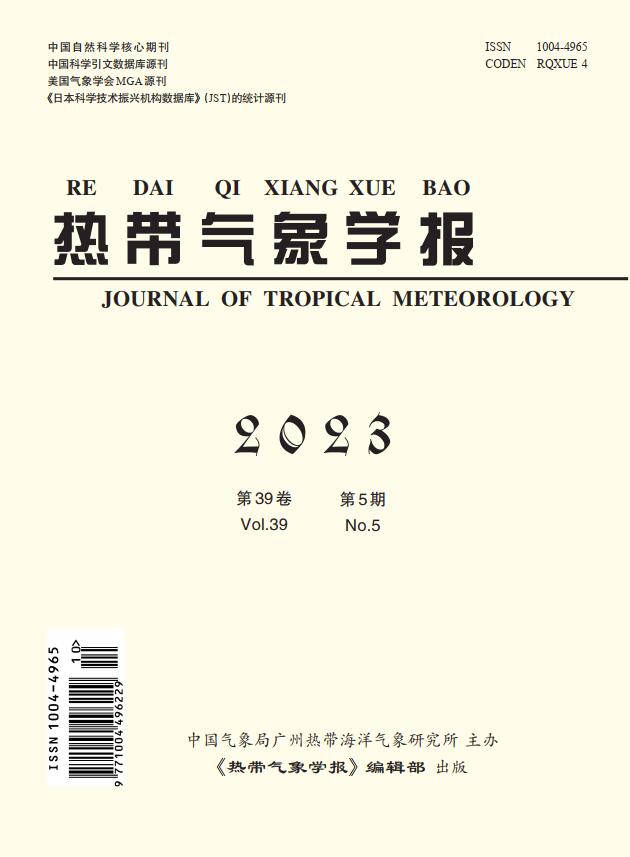A New Index About the Walker Circulation
IF 1.4
4区 地球科学
Q4 METEOROLOGY & ATMOSPHERIC SCIENCES
引用次数: 0
Abstract
The Walker circulation (WC) has always been an important issue in atmospheric science research due to the association between the WC and tropical Pacific sea surface temperature (SST), and between the WC and ENSO events. In this paper, a new index-Omega index (OMGI)-is constructed for WC characterization based on the NCEP /NCAR reanalysis data of monthly mean vertical velocity in recent 70 years (1948-2017). Results show that the OMGI can accurately depict the variation characteristics of WC on seasonal, annual and decadal time-scales. There is a significant inverse correlation between the OMGI and equatorial eastern and central Pacific SST. Meanwhile, the peak of the OMGI appears ahead of the ENSO peak, and therefore is able to reflect the SST in the equatorial Pacific. Especially, in 35 ENSO events, the peak of the OMGI appears earlier than Nino 3.4 index for 19 times with 2.6 months ahead on average. In 16 El Nino events, the peak of the OMGI occurs ahead of the El Nino for 9 times with 4 months ahead on average. In 19 La Nina events, the OMGI peak arises 10 times earlier than the La Nina peak, with an average of 1.4 months ahead. OMGI shows obvious leading effect and stability over ENSO events with different strengths and types of single peak and multi peaks: the peak of the OMGI keeps about 2-3 months ahead of the ENSO. Compared with other WC indexes such as UWI and SPLI, OMGI has some advantages in the ability to describe WC changes and present the probability and the time of prediction of ENSO event peaks.沃克循环的一个新指标
沃克环流(WC)一直是大气科学研究中的一个重要问题,因为WC与热带太平洋海面温度(SST)以及WC与ENSO事件之间存在关联。本文根据近70年(1948-2017)NCEP/NCAR月平均垂直速度再分析资料,构造了一个新的WC特征指数Omega指数(OMGI)。结果表明,OMGI可以准确地描述WC在季节、年和十年时间尺度上的变化特征。OMGI与赤道东太平洋和中太平洋SST之间存在显著的负相关。同时,OMGI的峰值出现在ENSO峰值之前,因此能够反映赤道太平洋的SST。特别是在35次ENSO事件中,OMGI的峰值出现在尼诺3.4指数之前19次,平均提前2.6个月。在16次厄尔尼诺事件中,OMGI的峰值出现在厄尔尼诺之前9次,平均提前4个月。在19次拉尼娜事件中,OMGI峰值出现的时间是拉尼娜峰值的10倍,平均提前1.4个月。OMGI对不同强度、不同类型的单峰和多峰ENSO事件具有明显的主导作用和稳定性:OMGI的峰值比ENSO提前约2-3个月。与UWI和SPLI等WC指数相比,OMGI在描述WC变化、呈现ENSO事件峰值预测概率和时间方面具有一定的优势。
本文章由计算机程序翻译,如有差异,请以英文原文为准。
求助全文
约1分钟内获得全文
求助全文
来源期刊

热带气象学报
METEOROLOGY & ATMOSPHERIC SCIENCES-
CiteScore
1.80
自引率
8.30%
发文量
2793
审稿时长
6-12 weeks
期刊介绍:
Information not localized
 求助内容:
求助内容: 应助结果提醒方式:
应助结果提醒方式:


